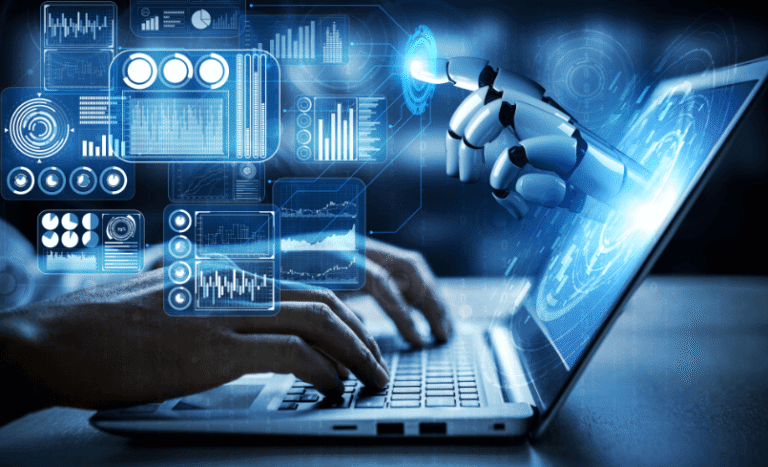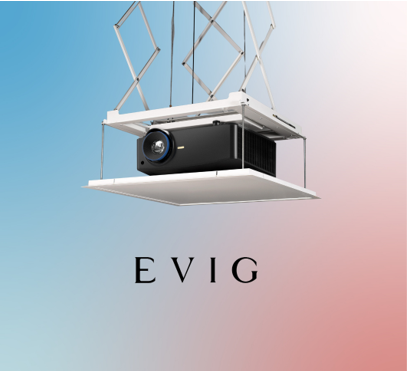The Future of Technology in 2025: Trends, Innovations, and Impact
Technology has become the driving force behind global progress. From artificial intelligence to renewable energy, digital tools are transforming how people live, work, and interact. In 2025, the tech world is evolving at lightning speed, offering opportunities and challenges for businesses and individuals. This article explores the most important technology trends of 2025, their benefits, and how they shape the future. The future of technology in 2025 is marked by trends and innovations that impact various sectors, including the adoption of QR code integration for seamless digital interactions.
Artificial Intelligence: Transforming Everyday Life
Artificial Intelligence (AI) is no longer just a futuristic concept—it is already here.
- Healthcare: AI assists doctors with early diagnoses, robotic surgeries, and personalized treatment plans.
- Business: Companies use AI to automate repetitive tasks, analyze customer data, and improve decision-making.
- Consumers: Everyday tools like smart assistants, chatbots, and AI-driven recommendations make daily tasks easier.
AI is projected to add trillions of dollars to the global economy by 2030, making it one of the most influential technologies of the century.
Cloud Computing: Powering Digital Growth
Cloud computing has revolutionized how businesses manage data and applications.
- Scalability: Organizations can increase or decrease IT resources instantly.
- Collaboration: Remote teams share files and work together in real-time.
- Cost efficiency: Cloud solutions reduce the need for expensive hardware.
Leaders like Amazon Web Services (AWS), Microsoft Azure, and Google Cloud are continuously improving infrastructure, making the cloud an essential backbone of digital innovation.
See also: Technology in 2025: The Key Innovations Transforming Our World
The Internet of Things (IoT): A Connected World
The Internet of Things (IoT) connects billions of devices worldwide, from home gadgets to industrial machines.
- Smart homes: Devices like thermostats, security cameras, and voice assistants provide comfort and safety.
- Healthcare: Wearables track heart rate, sleep, and activity, sending data directly to doctors.
- Industry: IoT sensors predict equipment failures, reducing downtime and costs.
By 2030, smart cities powered by IoT will improve traffic management, energy savings, and waste reduction.
Cybersecurity: Protecting the Digital Era
With growing reliance on technology, cybersecurity has become more important than ever.
- Rising threats: Cybercrime, phishing, and ransomware attacks continue to increase.
- AI-powered defense: Security systems now use machine learning to detect and stop threats instantly.
- Best practices: Strong passwords, firewalls, and two-factor authentication protect personal and business data.
As digital adoption rises, cybersecurity will remain a top priority for governments and companies.
5G Technology: Faster, Smarter, Stronger
The rollout of 5G networks is transforming digital communication.
- Speed: High-definition streaming, seamless video calls, and online gaming without lag.
- Innovation: Autonomous vehicles, remote surgeries, and augmented reality rely on 5G.
- Low latency: Real-time applications like VR and AR are finally practical.
5G is also expected to accelerate the development of the metaverse and IoT, opening new possibilities for businesses and consumers.
Blockchain: Beyond Digital Currency
Blockchain technology is often associated with cryptocurrencies, but its uses go far beyond digital payments.
- Finance: Enables secure and transparent transactions through decentralized finance (DeFi).
- Supply chain: Tracks goods from production to delivery, reducing fraud.
- Healthcare: Protects sensitive medical data with tamper-proof storage.
Blockchain also powers NFTs and Web3 platforms, paving the way for a decentralized internet.
Green Technology: Innovation for a Sustainable Future
Climate change concerns have pushed green technology to the forefront.
- Renewable energy: Solar panels, wind turbines, and hydropower are replacing fossil fuels.
- Electric vehicles (EVs): Companies like Tesla and BYD make eco-friendly transportation more accessible.
- Smart grids: Digital energy systems reduce waste and improve efficiency.
In 2025, sustainability is not optional—it’s essential for progress. Green technology ensures innovation goes hand in hand with protecting the environment.
Emerging Technologies to Watch
Several cutting-edge technologies are expected to shape the next decade:
- Quantum computing: Solves problems traditional computers cannot handle.
- Metaverse platforms: Create immersive environments for gaming, education, and work.
- Biotechnology: Advances in gene editing and personalized medicine extend human health.
- Artificial General Intelligence (AGI): Future AI systems may reach human-like reasoning abilities.
These innovations will reshape industries, but they also raise ethical questions that must be addressed.
Conclusion
Technology in 2025 is about more than convenience—it is about transformation. From AI and cloud computing to 5G and blockchain, innovations are changing industries, economies, and daily life. At the same time, cybersecurity and sustainability remain critical to ensuring safe and responsible progress.
The future of technology lies in balance: innovation with responsibility, speed with security, and growth with sustainability. By embracing these trends, businesses and individuals can thrive in the digital era.



